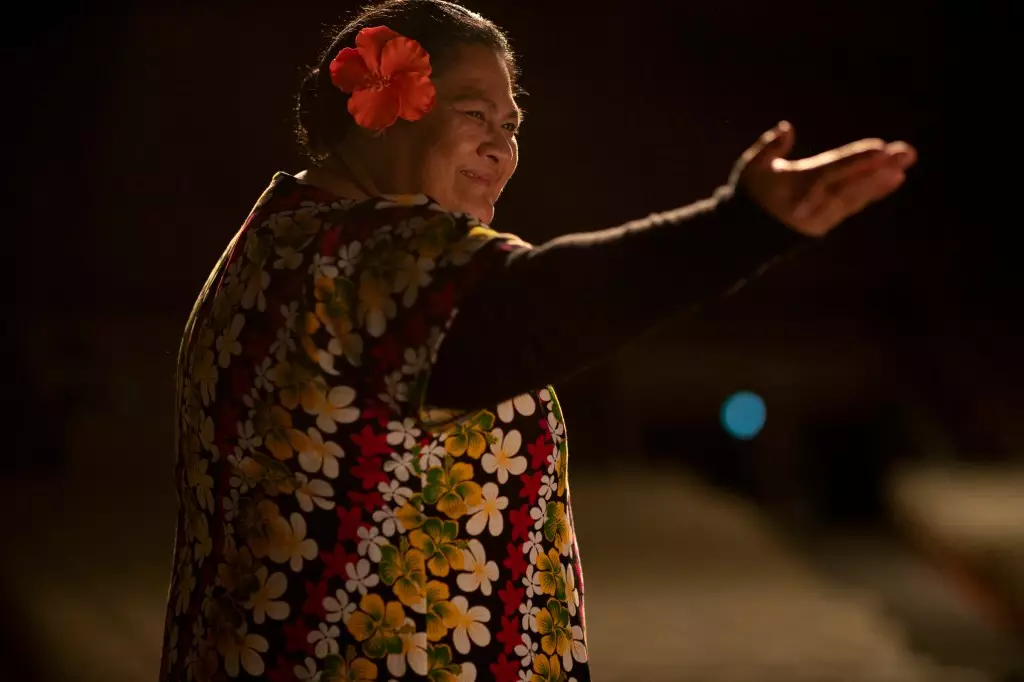The buzz surrounding Miki Magasiva’s debut feature, “Tină,” offers a tantalizing glimpse into the potential for Pacific stories to claim their rightful space on the international stage. With Rialto Distribution now bankrolling its worldwide release, expectations are high that this film will usher in a new era of diverse storytelling. However, beneath the surface, there is room for critical examination: is this film a genuine celebration of Pasifika culture, or is it simply a bid to capitalize on the current vogue for multicultural narratives? While the accolades and box office success in New Zealand and the Pacific are commendable, these figures alone do not guarantee that “Tină” will resonate authentically with global audiences or challenge tired stereotypes. It’s vital to question whether this film risks being a sanitized, market-friendly version of Pacific life designed to appeal rather than provoke, or whether it embodies a sincere effort to elevate marginalized voices.
A Story of Healing or Cultural Exploitation?
Central to “Tină” is the poignant story of Mareta Percival—played compellingly by Anapela Polataivao—who moves from personal grief towards empowerment through a rebellious choir rooted in her Samoan heritage. It’s a narrative ripe with emotional potential: overcoming tragedy, reclaiming identity, and bridging generational divides. Yet, one must ask whether the film’s portrayal of multicultural healing is nuanced enough or if it simplifies complex cultural realities into a feel-good, cinematic formula. Does it risk commodifying grief and resilience merely to tug at Western audiences’ heartstrings? Moreover, in depicting a predominantly white privileged setting, does “Tină” inadvertently reinforce a colonial perspective—where Pacific culture serves as a colorful backdrop rather than a lived, evolving experience? These are crucial questions for any film striving for authenticity and social impact.
Global Appeal Versus Cultural Integrity
Both critics and audiences should consider whether “Tină” genuinely communicates the richness of Pacific traditions or if it skewers them for the sake of narrative convenience. Its international rollout, especially its release in the United States just in time for Labor Day, underscores an entrepreneurial approach aimed at expanding market share among diverse viewerships. This strategic positioning exposes a broader dilemma: Can Pacific stories be both commercially successful and culturally truthful? Too often, diaspora-centered films are confined within niche markets or diluted to accommodate Western sensibilities, risking a loss of their depth and realism. While this film’s success indicates a promising step forward, it also magnifies the ongoing challenge: ensuring that Pacific narratives are not flattened into simplistic, marketable tropes but are instead celebrated for their complexity and authenticity.
In the end, “Tină” might serve as a double-edged sword—opening doors for Pacific storytelling yet simultaneously risking exploitation or misrepresentation. Its critical reception and commercial performance will determine whether it acts as a genuine conduit for Pacific voices or merely a fleeting trend. As filmmakers and audiences alike grapple with these questions, one undeniable truth remains: stories rooted in authentic cultural experience are powerful. If “Tină” succeeds in authentically capturing the spirit of its community, it could challenge stereotypes and elevate Pacific narratives to global prominence. But if it succumbs to Hollywood’s penchant for superficial storytelling, it risks becoming just another disposable token of diversity rather than a catalyst for meaningful cultural dialogue.

